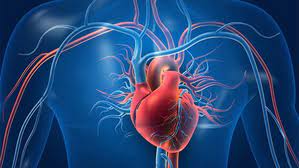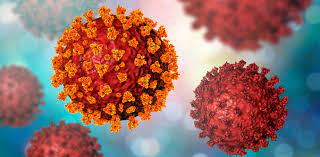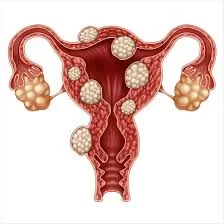Heart disease remains the leading cause of death for both men and women, yet it often presents and progresses differently between the sexes. While some disparities can be attributed to social and behavioral factors—such as women experiencing less-recognized symptoms during heart attacks—emerging research suggests that fundamental biological differences also play a crucial role.
A recent study led by Whitehead Institute Member David Page and his colleagues has identified key biological differences in healthy male and female hearts that may contribute to variations in heart disease outcomes. These findings, published in the women’s health edition of Circulation, highlight differences in how male and female heart cells generate energy, potentially influencing susceptibility to conditions such as heart failure.
Biological Factors Beyond Behavior
“My sense is that clinicians tend to think that sex differences in heart disease are due to differences in behavior,” says Harvard-MIT MD-Ph.D. student Maya Talukdar, a graduate student in Page’s lab. “Behavioral factors do contribute, but even when you control for them, you still see sex differences. This implies that there are more basic physiological differences driving them.”
Page, an HHMI Investigator and a professor of biology at MIT, along with his team, has been exploring the biology of sex differences in health and disease. Their latest research reveals that heart muscle cells—cardiomyocytes—differ in their energy production mechanisms between men and women.
Differences in Energy Generation
The study found that female cardiomyocytes exhibit higher activity in the primary energy generation pathway—fatty acid oxidation (FAO)—compared to male cardiomyocytes. FAO is responsible for producing the bulk of the heart’s energy in the form of ATP, the molecule that fuels cellular function. The researchers observed that many genes involved in FAO were more active in female cardiomyocytes, and metabolomic data supported these findings by showing that female hearts had greater free fatty acid flux and utilization.
“The heart is a hard-working pump, and heart failure often involves an energy crisis where the heart cannot generate enough power to sustain its function,” says Page. “What is intriguing about our findings is that these differences in energy production likely set up males and females differently for an encounter with heart failure.”
Potential Implications for Heart Disease Treatment
The researchers hypothesize that these baseline biological differences in heart function may explain some of the sex-based variations in heart disease incidence, severity, and response to treatment. By understanding these differences, scientists may be able to develop targeted therapies that leverage natural protective mechanisms found in one sex and apply them to the other.
Collaborating with heart disease experts, including Christine Seidman of Harvard Medical School and Brigham and Women’s Hospital, and Zoltan Arany of the University of Pennsylvania, the team utilized data from existing healthy heart tissue samples and publicly available genomic datasets. Their findings lay the groundwork for further studies into how sex differences in energy metabolism may influence heart disease progression.
Future Directions
Page and his colleagues plan to continue investigating sex-based biological differences in various organs and tissues, aiming to improve medical treatments and healthcare policies. “We have a lot to learn about the molecular origins of sex differences in health and disease,” says Lukáš Chmátal, a postdoctoral researcher in Page’s lab. “These basic science discoveries could lead to treatments that benefit both men and women and influence medical training and patient care.”
Conclusion
This research underscores the importance of considering sex as a biological variable in heart disease studies. While behavioral and social factors remain significant, intrinsic differences in heart cell function may shape how heart disease develops and progresses in men and women. Understanding these differences could pave the way for more effective and personalized treatments in the future.
Disclaimer: The findings discussed in this article are based on ongoing scientific research and should not be used for self-diagnosis or treatment. Individuals concerned about heart health should consult healthcare professionals for medical advice and care.











